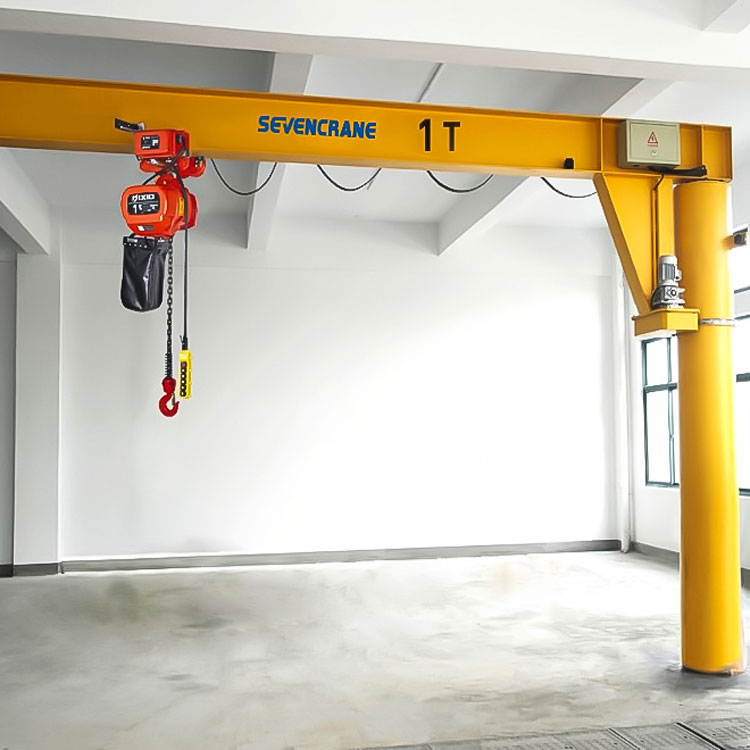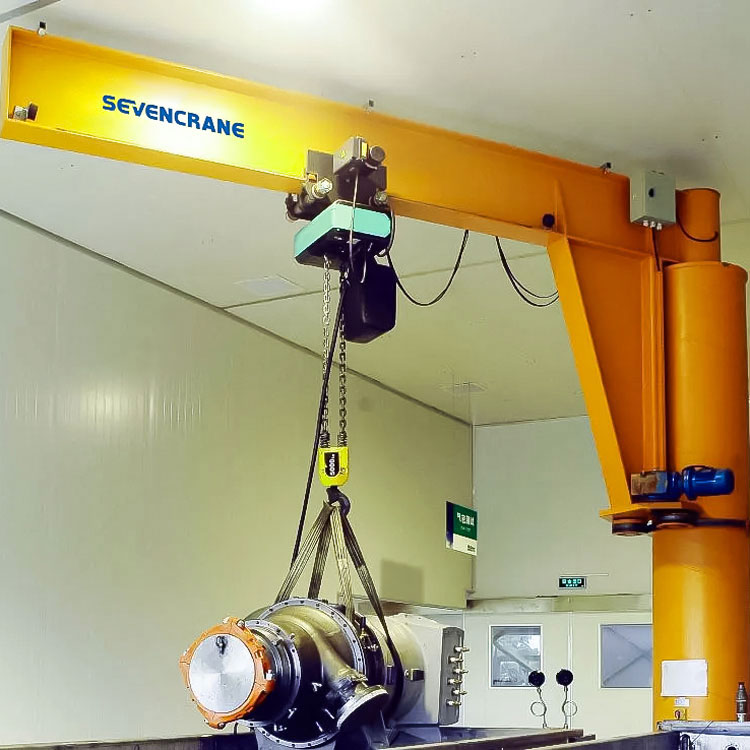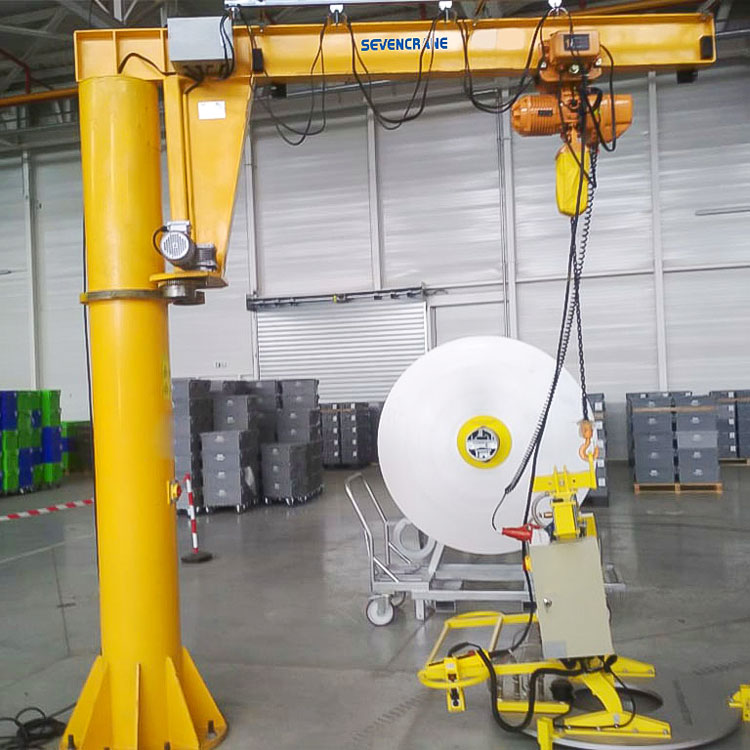Pukkinosturit ja puominosturit ovat eräänlaisia kevyitä nostolaitteita. Puominostureita käytetään yleisesti teollisissa tehtävissä, kuten materiaalien lastaamiseen ja purkamiseen, raskaiden laitteiden siirtämiseen ja koneiden kokoamiseen tai purkamiseen. Niitä on saatavana eri kokoisina pienistä kannettavista malleista suuriin kiinteisiin asennuksiin, ja ne voidaan suunnitella sisä- tai ulkokäyttöön.

Puominosturit tarjoavat useita etuja muihin nosturityyppeihin verrattuna, mukaan lukien niiden kompakti koko ja kyky toimia ahtaissa tiloissa, niiden monipuolisuus ja helppokäyttöisyys sekä kyky kohdistaa kuormat tarkasti. Ne voivat olla myös kustannustehokas ratkaisu suurempiin nostureihin verrattuna, koska ne vaativat vähemmän infrastruktuuria ja asennusta.

On kuitenkin tärkeää valita sopiva puominosturi erityiseen sovellukseesi, perustuen tekijöihin, kuten painokapasiteetti, ulottuvuus, käyttöympäristö ja vaaditut ominaisuudet.- Oikea koulutus ja huolto ovat myös tärkeitä puominosturin turvallisen ja tehokkaan toiminnan varmistamiseksi. Seuraavaksi esittelemme hyödyllisiä vinkkejä puominosturin oikeaan ja turvalliseen käyttöön.
Tarkasta nosturi ennen käyttöä: Tarkasta silmämääräisesti nosturi vaurioiden tai vikojen varalta ja tarkista, että kaikki komponentit toimivat oikein.
Noudata kantavuusrajoja: Varmista, että nostettava kuorma ei ylitä nosturin kantavuusrajaa, ja nosta puomin varren määritetyllä alueella.
Käytä asianmukaisia nostohihnoja ja takilaa: Valitse kuormalle sopivat nostohihnat ja takilat ja varmista, että ne ovat tukevasti kiinni nostopisteessä.
Sijoita nosturi oikein: Aseta nosturi vakaalle alustalle ja varmista, että puomin varrella on riittävästi tilaa pyöriä vapaasti törmäämättä esteisiin.
Käytä asianmukaisia nostotekniikoita: Nosta kuormaa tasaisesti ja tasaisesti ja vältä äkillisiä liikkeitä tai nykiviä liikkeitä.
Varo vaaroja: Ole tietoinen mahdollisista vaaroista tai esteistä nosturin tiellä ja ryhdy tarvittaviin varotoimiin niiden välttämiseksi.
Kouluta käyttäjät oikein: Varmista, että kaikki käyttäjät ovat koulutettuja ja valtuutettuja käyttämään nosturia, ja että he ymmärtävät sen käytön oikeat menettelyt.
Suorita säännöllinen huolto: Suorita säännöllinen nosturin huolto, mukaan lukien voitelu ja kaikkien osien tarkastus varmistaaksesi turvallisen ja tehokkaan toiminnan.

Noudattamalla näitä ohjeita voit käyttää puominosturia turvallisesti ja tehokkaasti ja välttää onnettomuudet tai vammat. On myös tärkeää noudattaa kaikkia lisäturvallisuusohjeita, jotka koskevat sinun puominosturimalliasi tai -valmistajaasi.
